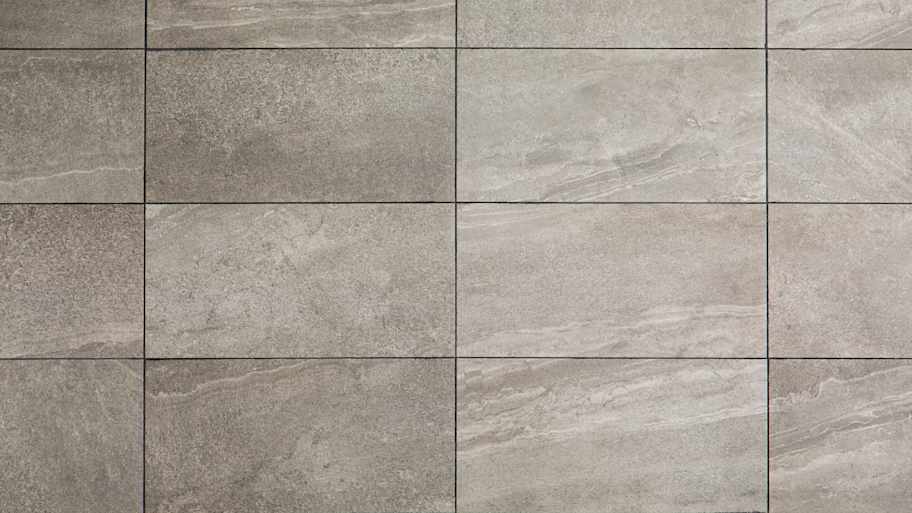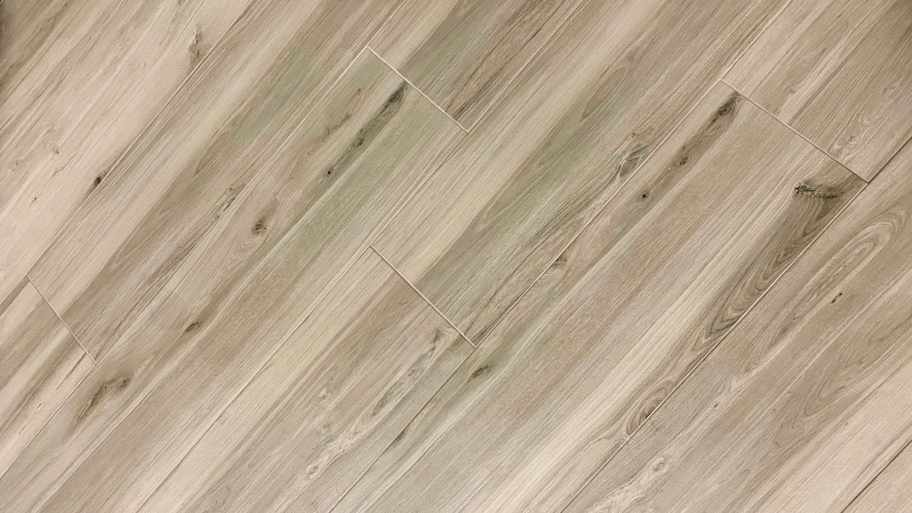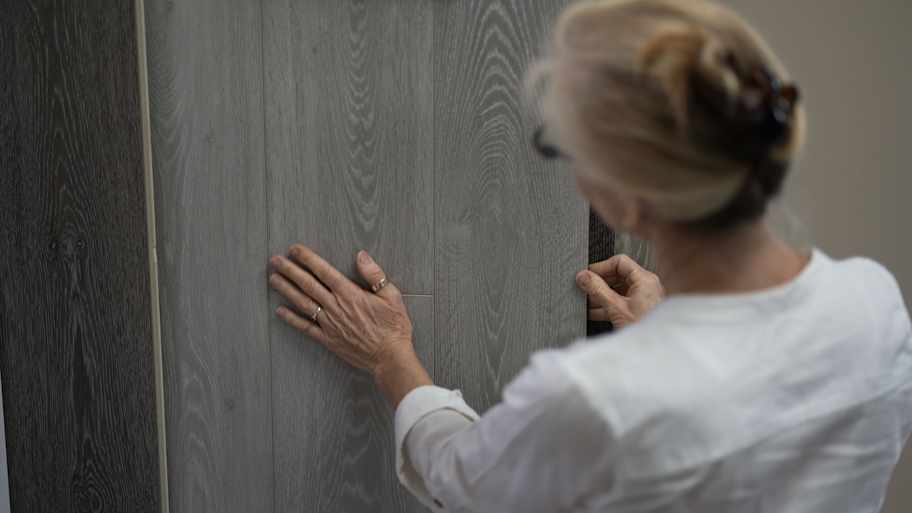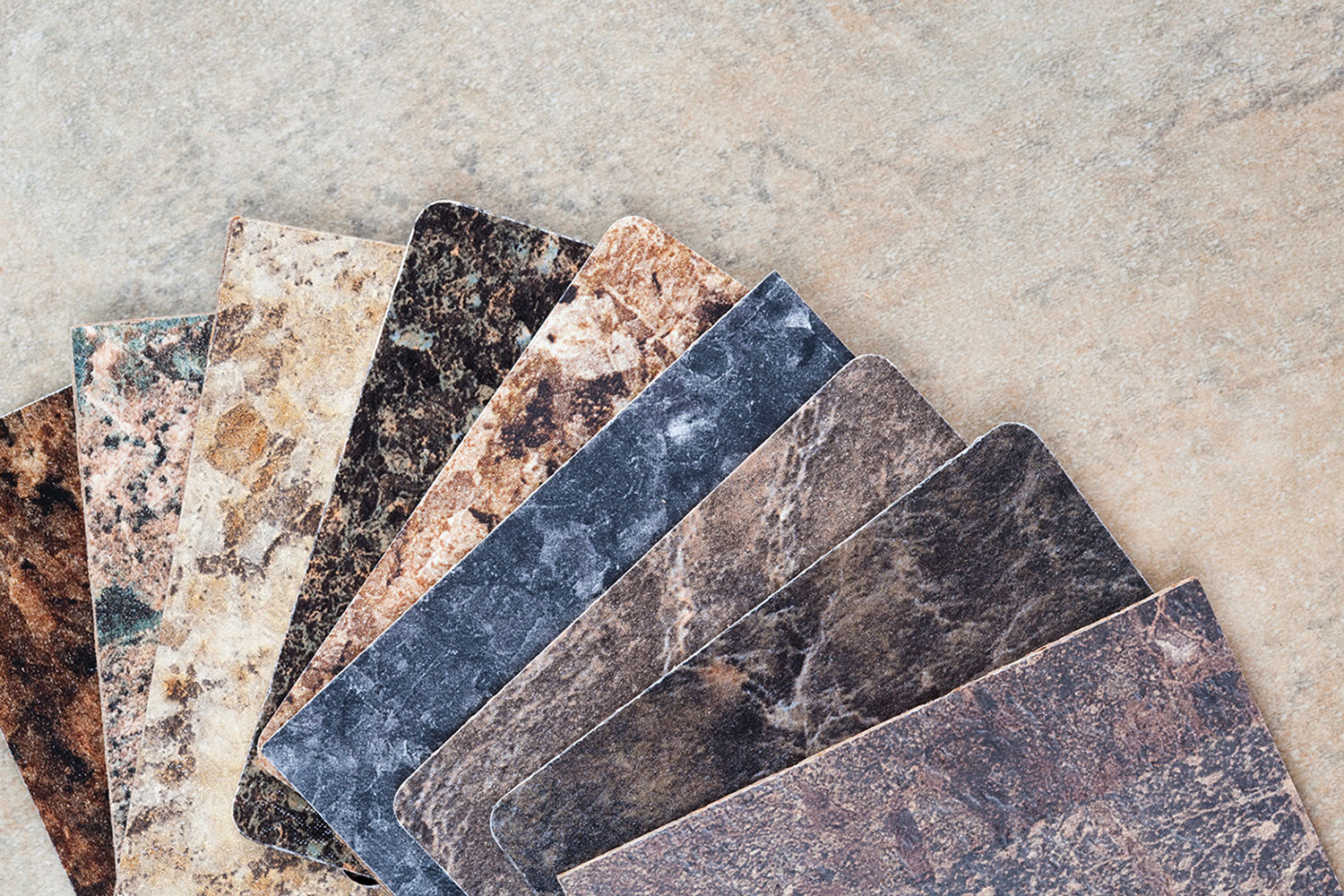
How much does marble flooring cost? We’ve got the answers about marble cost per square foot, types of marble, DIY cost, and more.
Vinyl that fools even picky guests


LVT mimics the appearance of stone or ceramic tile while LVP replicates real wood flooring.
Both types of luxury vinyl flooring are durable and water-resistant.
LVT and LVP are similarly priced between $2 and $10 per square foot.
Luxury vinyl flooring has become a go-to choice for homeowners who want style, durability, and affordability all in one package. LVT and LVP offer water resistance, easy maintenance, and realistic finishes, and they each bring something different to the table for the look, feel, and function of a space. Compare the luxury vinyl flooring pros and cons of LVT flooring versus LVP flooring to decide which option best fits your space and lifestyle.
Luxury Vinyl Tile (LVT) and Luxury Vinyl Plank (LVP) are two types of luxury vinyl flooring that offer durability, water resistance, and easy maintenance. The main difference between the two comes down to shape and style.
LVT is designed to mimic stone or ceramic tile and comes in square or rectangular tile-like formats, while LVP is crafted to look like hardwood, featuring long, narrow planks. Both offer realistic visuals and textured finishes, but your choice depends on whether you’re going for a wood-look or a tile-look aesthetic.

LVT flooring is made from multiple layers of vinyl and a high-resolution image layer to replicate the look of natural materials like stone, ceramic, or porcelain tile. Some styles come with textured surfaces that mimic grout lines or stone finishes. LVT is popular vinyl flooring for kitchens, bathrooms, entryways, and other rooms where a tile aesthetic is desired without the weight or installation hassle of real tile.
| Pros | Cons |
|---|---|
| Water-resistant | Not ideal near sun exposure |
| Easy installation | Lacks resale appeal of real tile |
| Budget friendly | May need subfloor |
| Durable | Environmental concerns |
Best for:
Bathrooms and laundry rooms
High-traffic areas like entryways, hallways, and mudrooms
Basements
LVT is ideal in moisture-prone rooms like bathrooms, kitchens, and laundry rooms because of its water-resistant and waterproof construction. It's also impressively durable, standing up to scratches, dents, and wear from foot traffic, pets, and furniture. While it mimics the clean look of tile, LVT is far more comfortable underfoot, offering a softer, warmer surface that’s easier on your joints and cozier to walk on barefoot.
With a wide range of colors, patterns, and textures, it can convincingly mimic everything from natural stone to decorative ceramic tile. This makes it easy to coordinate with almost any décor style, from modern to traditional, or anywhere in between. It's also relatively easy to install, with some styles available as peel-and-stick or click-lock systems. Once it’s in, upkeep is minimal—no need for harsh cleaners or grout scrubbing. All it takes is a quick sweep and mop.
Even the most realistic versions of LVT may not fully match the luxury appeal or resale value of real stone or ceramic tile. If you're aiming for high-end finishes that boost your home’s value, LVT might fall short in the eyes of some buyers. LVT performs best on a clean, level subfloor, so any bumps or irregularities can affect the appearance and performance of the flooring.
While the material is heat-resistant, it’s not heat-proof, causing the material to warm when installed too close to high-heat areas, like fireplaces. Similarly, LVT may not be suitable for sunrooms or rooms with large windows because prolonged exposure to direct sunlight can lead to fading or discoloration. There are environmental concerns about LVT because most aren't recyclable, and some contain volatile organic compounds (VOCs).

LVP flooring mimics the look and feel of real hardwood planks. It’s made of multiple layers, including a high-resolution photographic layer that gives it a realistic wood appearance and a protective wear layer that adds durability. LVP comes in long, narrow planks and can include textured finishes, such as hand-scraped or embossed wood grain, for a more authentic touch. It’s commonly used in living rooms, bedrooms, and open-concept spaces.
| Pros | Cons |
|---|---|
| Water-resistant | Less luxurious than real wood |
| Scratch and dent resistant | Vulnerable to sunlight |
| DIY-friendly | Requires subfloor |
| Low-maintenance | Environmental concerns |
Best for:
Open floor plans
Pet-friendly homes
Finished basements
LVP flooring can replicate a wide range of wood species, colors, and finishes—from rustic reclaimed oak to sleek modern maple. It’s also highly durable, with a wear layer that protects against scratches, scuffs, and daily wear and tear, making it ideal for busy households with kids or pets. Many LVP products are waterproof, so you can confidently use them in places you wouldn't normally risk installing hardwood, like bathrooms, laundry rooms, or kitchens.
Most LVP styles are designed for floating installation using a click-lock system, making them approachable even for DIYers. Once in place, they’re a breeze to care for—no refinishing, waxing, or special cleaners required. While they offer the same cozy, wood-inspired aesthetic, they’re softer and warmer underfoot than real hardwood.
While LVP looks like wood, it doesn’t carry the same resale value as natural hardwood. For buyers who want the real thing, LVP can be seen as a downgrade. It also doesn’t quite replicate the natural feel and texture of wood underfoot—especially for those with a sharp eye. And like LVT, LVP can fade over time with prolonged exposure to direct sunlight, making it less ideal in rooms with large windows.
Though LVP can be installed over many subfloors, it still requires a flat, level surface to prevent issues like planks separating or shifting. Environmentally, it’s not the greenest choice, as most LVP is made from PVC and may emit VOCs, depending on the brand. It also isn’t recyclable, which could be a drawback for those prioritizing eco-friendly materials.

LVP takes the edge for its highly realistic wood-look finishes that are almost indistinguishable from real hardwood. While LVT also offers beautiful visuals, wood tends to be more desirable in home design, giving LVP a slight aesthetic advantage.
Both LVT and LVP come in a wide range of colors, finishes, textures, and installation styles. Whether you're going for wood, stone, matte, gloss, or something bold, you'll find plenty of options with either type of flooring.
LVT and LVP are built for resilience. They’re scratch-resistant, water-resistant (sometimes waterproof), and able to handle heavy foot traffic. The core construction is similar, so they hold up equally well under stress.
These two flooring types are neck-and-neck in price, with minor differences depending on the brand or style. The vinyl flooring installation cost for both LVT and LVP ranges between $2 and $10 per square foot.
LVP is a bit easier for DIYers, especially with click-lock plank systems that snap together cleanly. Some LVT products come in glue-down or peel-and-stick formats, which can require more surface prep or precision. It’s best to hire a local flooring pro to handle LVT installation.
Maintenance is a breeze for LVT and LVP—sweep, mop, repeat. There’s no need for special cleaners, sealing, or refinishing, making them both low-maintenance favorites.
While neither will match the resale value of natural hardwood or tile, LVP is considered more desirable. Buyers lean toward the warmth and universal appeal of wood-look flooring, making LVP a better long-term investment.
I had Ace Fireplace Services install custom chimney caps for my home, and the results are stunning. They fit like a glove and have added a touch of sophistication to my chimney. I can't recommend their services enough.
I first met Ilia when windows were installed on my new back porch. He was extremely conscientious about getting the job done right and it was. Now I ve had all the windows of two levels of my house completed by him.....ON TIME, ON BUDGET, TO MY TOTAL SATISFACTION. I'm a happy customer.
AFS was excellent from start to finish. Jess, the sales associate, was fantastic...very knowledgeable and very professional. The installation crew was excellent. I couldn't be more pleased with the process. Best of all, my new floor looks fantastic!
We used Unique Hardwood Floor LLC three years ago to work on the floors of a 70 year old home that needed a great deal of work. Some floors needed repairs, some were replaced and others just needed to be refinished. It was a complicated job as they needed to blend the old and the new to...
We hired Jim to replace our hardwood floors with new hardwood. He and his helper Jerry did a fantastic job. Their work ethic is impeccable!! We would highly recommend McColl Floors!
Bill Gerhardt sold the company to his employees at the end of 2019, apparently without a workable succession plan and without notifying prospective customers of this fact. Most aspects of the maintenance contract have not been fulfilled: no installation of anual plantings per contract, no...
Kathy was great to work with. Always responsive and punctual. She was able to accomodate my work schedule with evening and even weekend appointments, a huge plus for me. Install was quick. One of the blinds was defective and she was quick about ordering the replacement and reinstalling. Her...
It went fantastic! Paul arrived at pre-arranged time to look at the basement, discuss options and quote price. A few days later I called him to get things rolling. He arrived on time and I gave him the designated down payment. The crew arrived at 8AM on the scheduled day and immediately began...
From average costs to expert advice, get all the answers you need to get your job done.

How much does marble flooring cost? We’ve got the answers about marble cost per square foot, types of marble, DIY cost, and more.

Discover vinyl flooring installation costs, including average prices, key cost factors, and tips to save on your new floors.

The cost to install Pergo® flooring depends on the type of flooring you choose. This brand is known for its laminate but has other things to offer.

Discover the true granite floor installation cost. Learn about average prices, cost factors, and tips to save on your granite flooring project.

Outdated, dingy baseboards can make your home look drab and dull. This guide will help you choose who to hire to replace your baseboards for a refreshed look.

Learning how to install transition strips in doorways makes the transition between rooms smoother and protects the edges of the flooring.